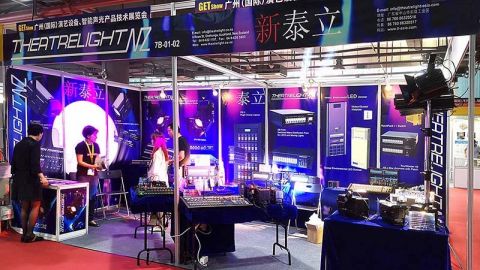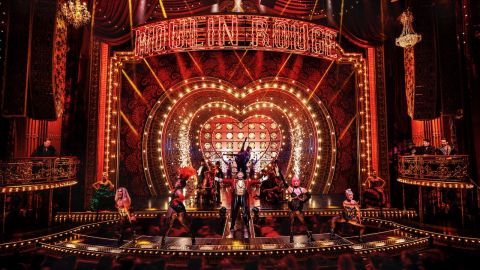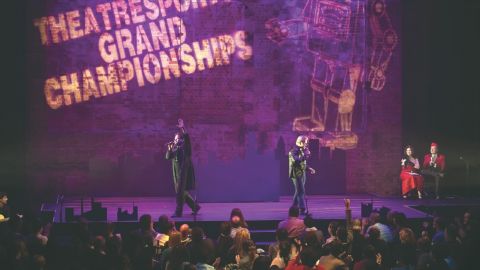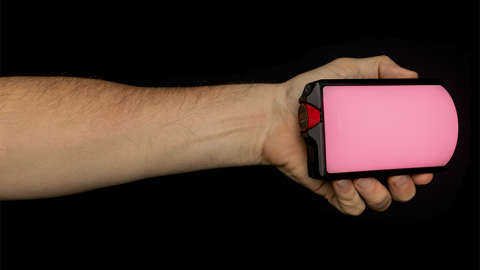Advanced Wireless Tips
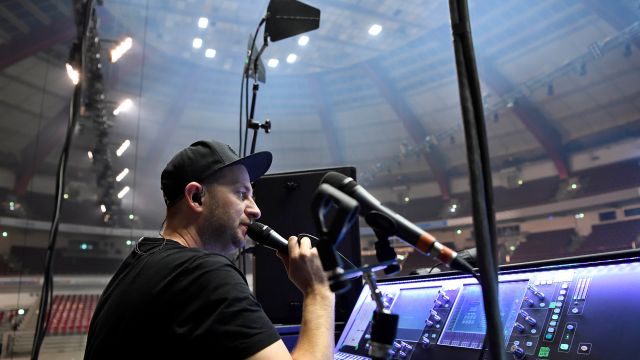
Artie Jones from Factory Sound follows up his previous Sound Advice article, where Rule #1 was ‘Scan, Scan, Scan’, digging a little deeper to focus on a successful, hassle-free integration of multiple wireless systems.
Antenna Splitter
When using a good quality wireless microphone system, it will have True Diversity technology, meaning that the receiver will determine which of the antennas is receiving RF (radio frequency) the best, and instantly switch to that antenna. True diversity provides a constant signal, no matter where a performer moves on the stage.
The problem with multiple wireless is, with two antennas per system the abundance of antennas can cause extra cases of Intermodulation (interference between radio frequencies). A good quality antenna splitter will allow you to use just two antennas to pick up all the wireless RF signals on stage, and then feed those signals to the relevant receiver in the rack of RF goodies.
Not only is it neater, it also improves RF performance.
Types of Antennas
Generally, there are two kinds of antennas to choose from - Directional or Omnidirectional. In a smaller theatre (especially relevant in a multipurpose auditorium), omnidirectional antennas may seem easier to use, because their performance it is not dependent on specific orientation. Unfortunately, you may also end up getting interference from sources that aren’t relevant to your audio, including nearby LED panels or LED lighting.
Directional antennas have the advantage of being able to focus on an area, thus rejecting sources of interference. They are also able to reach (pick up signals) farther in the direction they’re pointing than what is possible with an omnidirectional antenna.
 Antenna Placement
Antenna Placement
Best practice for theatrical stage settings is to place your two directional antennas 3 metres apart, pointing in towards the talent hot spots. This will ensure overlap of the ‘lobes’ of your antenna pickup patterns, helping to maintain the true diversity of your wireless system.
They can either both be positioned both at the front of stage, or both at the back of stage. Get them up high, but not too high. Somewhere between 2m to 3m is ideal, and remember, mounting them on some lighting truss could cause unwanted RF interference.
To boost, or not to boost?
This is one of those “a little bit of knowledge can be dangerous” situations. Products that come under the Antenna Booster category do not help ‘boost’ the effective reach distance of your receiving antennas. Correct placement is the best way to cover your stage area.
Antenna boosters are very useful to counter the detrimental effects of having a long cable run. Boosting helps negate the attenuation of your signal that occurs between your antenna and splitter, when a long cable run exists.
However, for most smaller stages, where 15m of good quality antenna cable (stranded, solid core, low loss, 50 ohm) is adequate, using any Antenna Booster will adversely affect the signal, causing your audio signal to be degraded, and losing some of the ‘top end’ brilliance.
As always, get in touch with RF specialists when it’s time to expand or refine your system.

